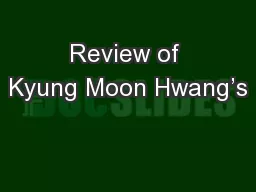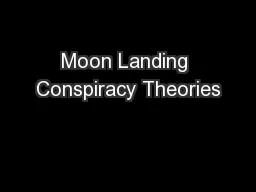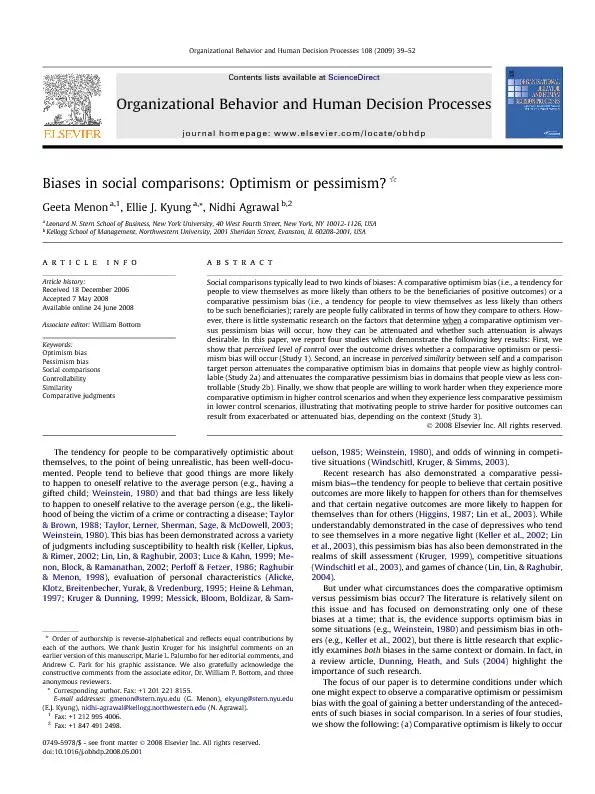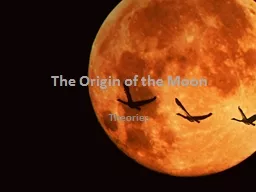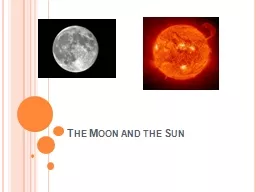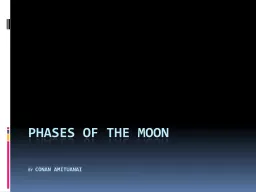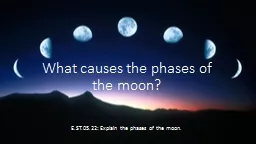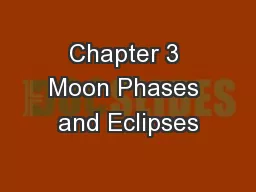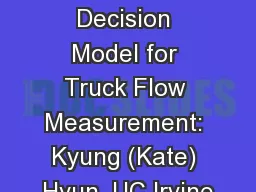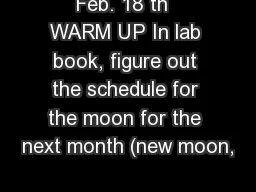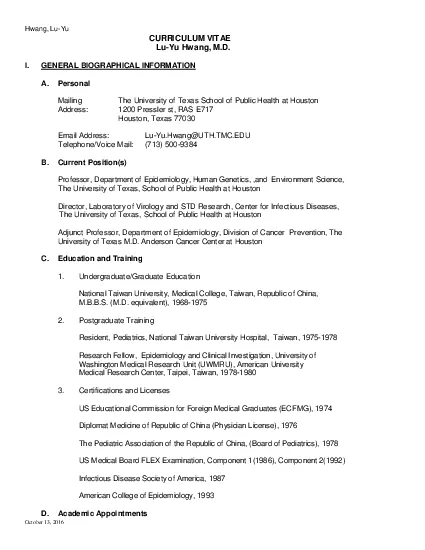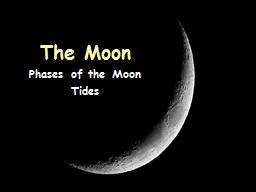PPT-Review of Kyung Moon Hwang’s
Author : briana-ranney | Published Date : 2018-03-10
History of Korea October 21 2014 Chapters 8 and 9 Confucianism and the Family in the Early Chosŏn Dynasty What kinds of taxes did people pay pp7374 What was the
Presentation Embed Code
Download Presentation
Download Presentation The PPT/PDF document "Review of Kyung Moon Hwang’s" is the property of its rightful owner. Permission is granted to download and print the materials on this website for personal, non-commercial use only, and to display it on your personal computer provided you do not modify the materials and that you retain all copyright notices contained in the materials. By downloading content from our website, you accept the terms of this agreement.
Review of Kyung Moon Hwang’s: Transcript
Download Rules Of Document
"Review of Kyung Moon Hwang’s"The content belongs to its owner. You may download and print it for personal use, without modification, and keep all copyright notices. By downloading, you agree to these terms.
Related Documents

